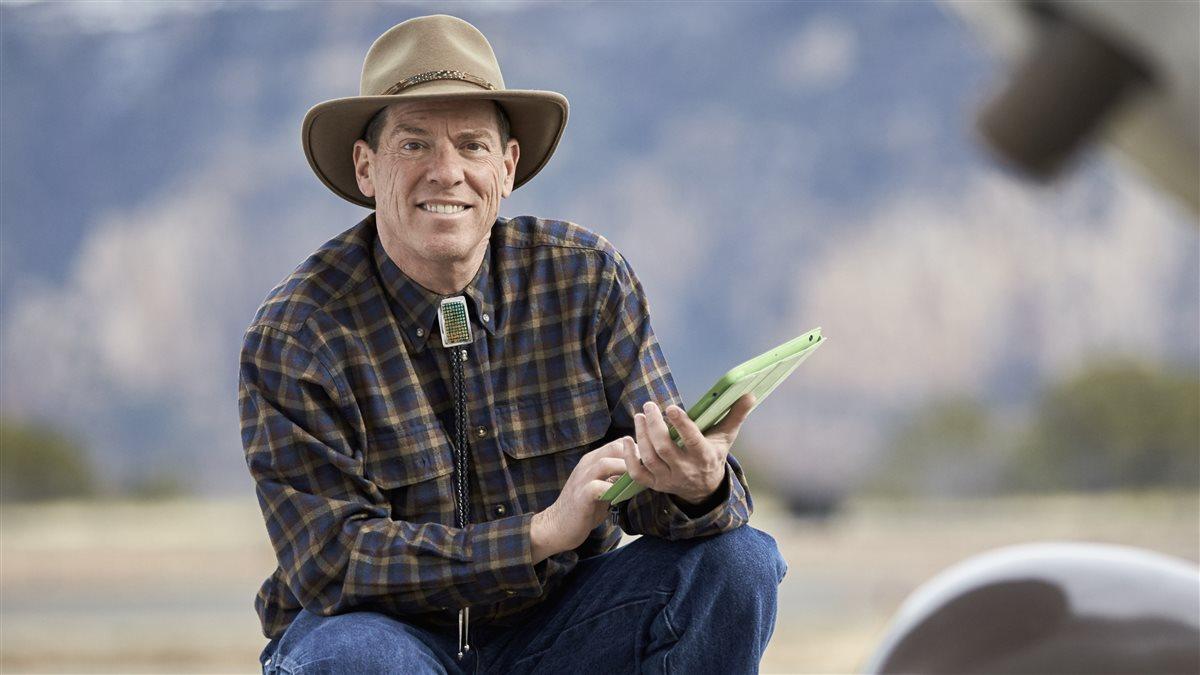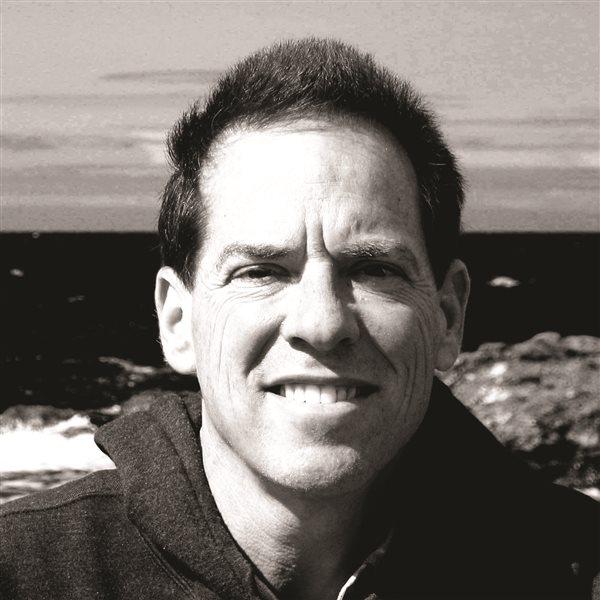Flying carpet: Parlez-vous anglais?

www.gregbrownflyingcarpet.com
Language had affected every aspect of our flight to the French-speaking province of Quebec on this flying vacation to Canada.
Before departing home, I always phone unfamiliar airports to confirm fuel and parking availability, and identify any unusual circumstances. But when planning this trip, I couldn’t decipher from Trois-Rivières Airport’s French-language website whom to contact. Finally, I reached a local flight school, where I was advised in broken English to “call unicom” for parking and fuel information.
“But I’m still in the United States; I need to phone the airport office,” I explained.
“Then you should call unicom,” he repeated, sharing a phone number. In the United States, unicom is always associated with a radio frequency, but here it proved to be the generic term for the airport office, and even the individuals working inside.
Few people speak English in Quebec, so I’d quickly learned to open phone and personal conversations with one of my few French phrases: Bonjour! Parlez-vous anglais? The person who answered might not speak English, but someone nearby invariably did. Of course, that didn’t work in the air.
Montreal Center and Quebec’s provincial control towers are bilingual, but things get interesting when you switch frequencies. Separate English and French automated weather frequencies are published for every airport. And inbound to land, we’d been hard-pressed to locate a francophone pilot flying the pattern.
Today, however, was far more complicated. How could we safely launch into a traffic pattern brimming with French-speaking pilots? Unsure of what to do, we sat idling at runway’s end. Then, out of the blue, came an English radio transmission.
“There’s a Citation on four-mile final, and three aircraft in the pattern. Following the next aircraft’s touch and go, there will be room to take off.” A broadcast followed in French, presumably notifying other traffic of our pending departure. Our savior proved to be the bilingual gentleman who had just processed our fuel and tiedown bills in the “unicom”—knowing our language limitations, he was watching out for us.
Shortly after takeoff, Montreal Center aimed us south toward Albany, New York, where we’d clear U.S. Customs. We traversed the wide St. Lawrence River, and later crossed the border into Vermont’s lush and curvaceous Green Mountains. There, the mere flip of a frequency switch brought us back to Earth and English with Boston Center. Amid puffy fair-weather clouds, we traced Lake Champlain and the Hudson River.
Having filed the requisite online manifest and made an arrival appointment, we touched down at Albany and parked in the orange-painted “U.S. Customs” circle. Two officers politely greeted us, as had all such officials on both sides of the border.
The agent examined our passports, pilot and airplane documents, and Customs and Border Protection sticker. He asked where we’d departed the United States and what items we were bringing from Canada, and then complimented us on having our paperwork in order.
“That was straightforward,” said Jean as the agent ushered us out the door.
“You were lucky,” he replied. “We’re required to inspect incoming aircraft based on a randomized numbering system. We totally unpacked the airplane just before you, and examined all the luggage. You missed it by one. Welcome back to the U.S., and have a good flight home!”



